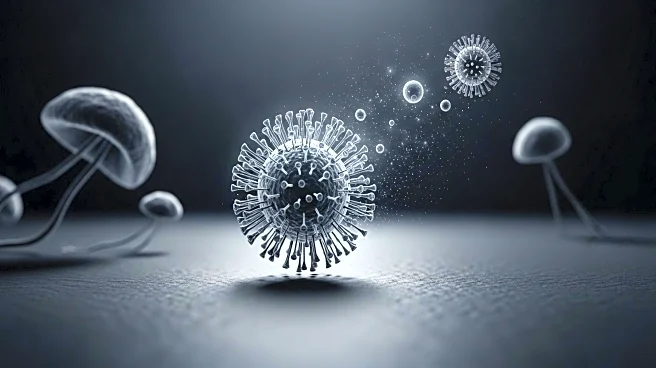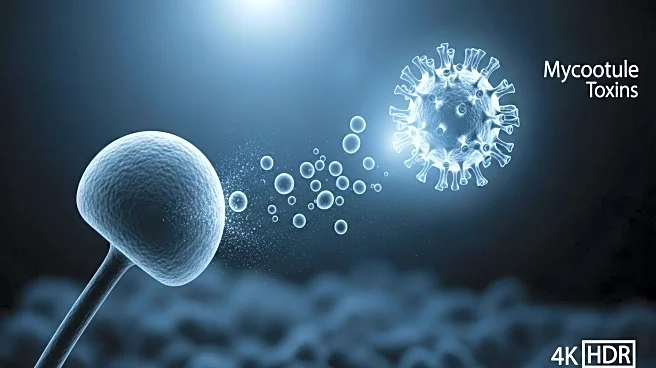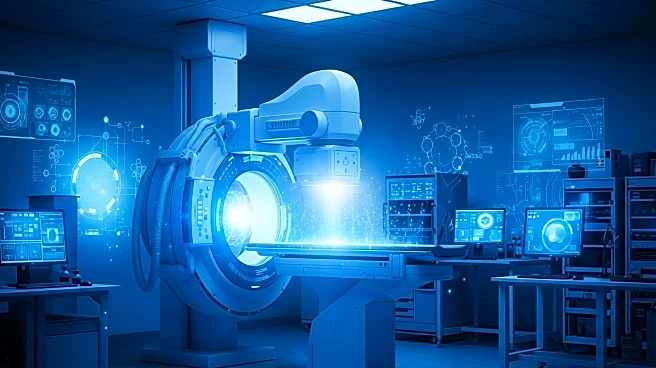What is the story about?
What's Happening?
Researchers from the University of Calgary and the National Research Council of Canada have conducted an experiment revealing that living organisms, including humans, emit a faint light known as 'biophotons.' This light emission ceases upon death. The study involved observing mice and plant leaves, where it was found that the emission of ultraweak photons significantly decreased after death. The phenomenon is attributed to reactive oxygen species produced by stressed cells, which can cause materials like fats and proteins to emit photons. The research suggests that this biophoton emission could potentially serve as a non-invasive diagnostic tool to monitor the stress levels of tissues in living organisms.
Why It's Important?
The discovery of biophoton emissions in living organisms has significant implications for medical diagnostics and research. If further developed, this phenomenon could provide a non-invasive method to monitor the health and stress levels of tissues in humans and animals. This could revolutionize how medical professionals diagnose and treat various conditions, offering a new way to assess the physiological state of patients without invasive procedures. Additionally, the ability to monitor plant health through biophoton emissions could benefit agricultural practices, allowing for better crop management and stress detection.
What's Next?
Future research may focus on scaling the detection of biophoton emissions from isolated tissues to entire living subjects. This could involve developing more sensitive imaging technologies to capture these faint emissions in real-time. Researchers may also explore the potential applications of this phenomenon in various fields, including medicine, agriculture, and environmental science. The findings could lead to the development of new diagnostic tools and techniques that leverage the biophoton emissions to provide insights into the health and stress levels of living organisms.
Beyond the Headlines
The study of biophoton emissions touches on broader questions about the nature of life and the subtle interactions within living organisms. It challenges traditional views of biological processes and opens up new avenues for exploring the electromagnetic properties of life. The research also raises ethical considerations regarding the use of such diagnostic tools, particularly in terms of privacy and the potential for misuse in monitoring individuals' health without consent.
AI Generated Content
Do you find this article useful?













